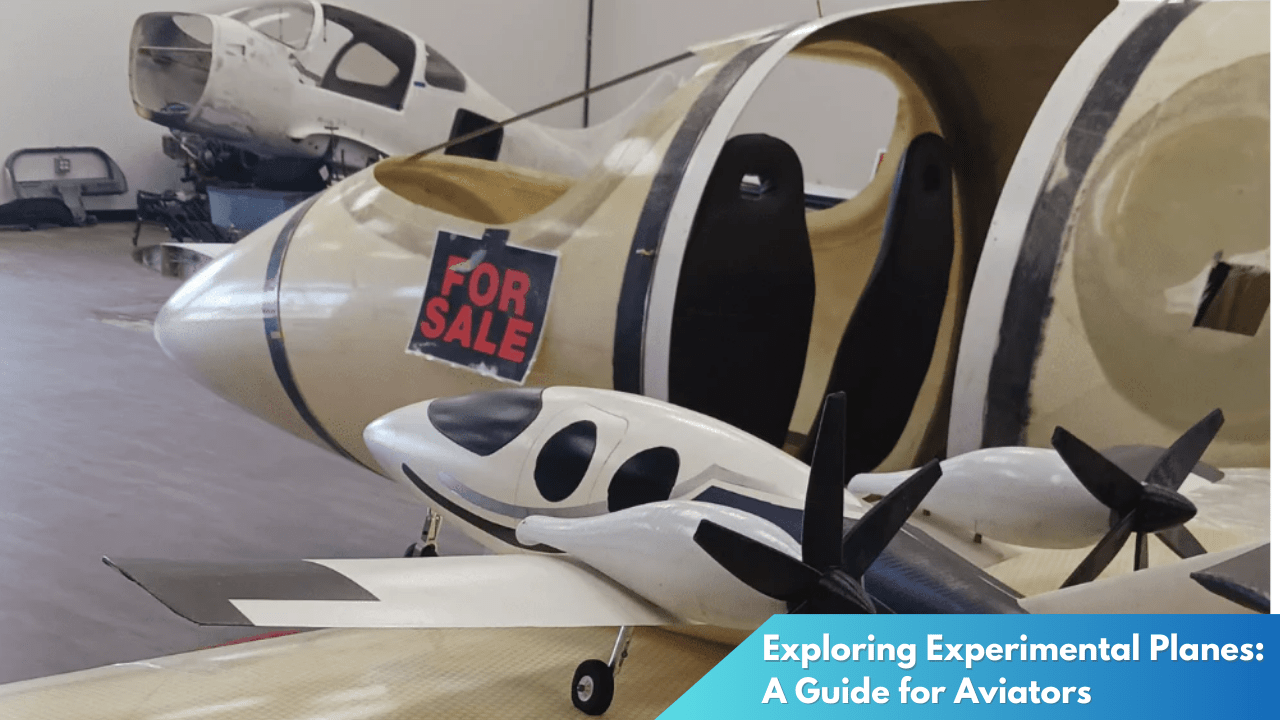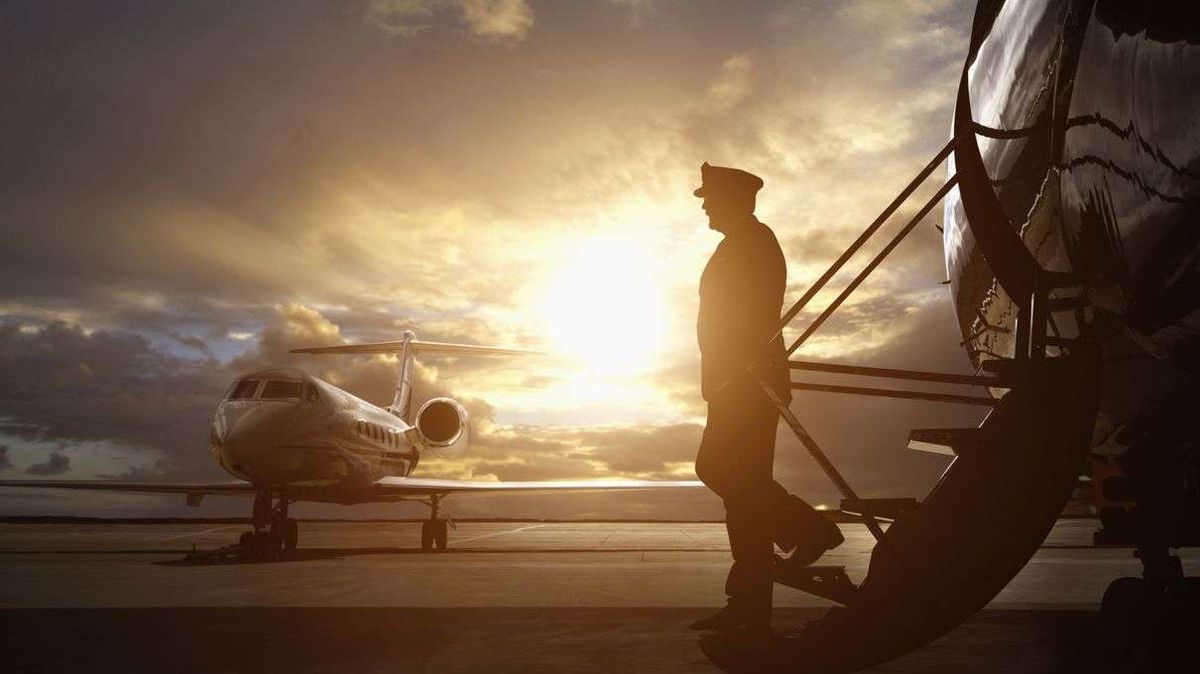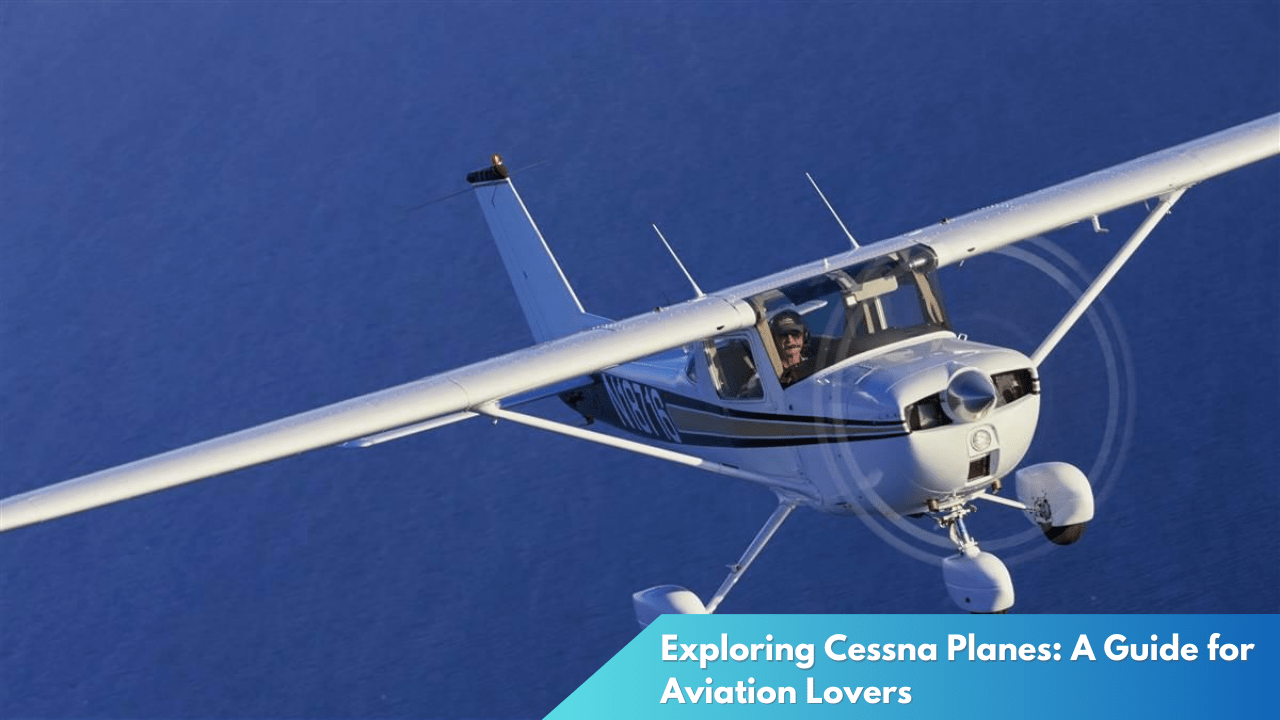Exploring Experimental Planes: A Guide for Aviators
In the ever-evolving world of aviation, experimental planes have emerged as a fascinating frontier for both amateur and professional aviators. These innovative aircraft push the envelope of what’s possible in terms of design, engineering, and performance. This article delves into the rise of experimental planes and offers a guide for pilots eager to explore this thrilling domain.
Breaking Boundaries: The Rise of Experimental Planes

The aviation industry has long been characterized by its quest for innovation and improvement. Experimental planes, also known as homebuilt or kit planes, stand at the forefront of this endeavor. These aircraft are typically constructed by aviation enthusiasts, either from scratch or from kits, and are designed to test new technologies, materials, and concepts that can redefine the future of flight. The rise of these planes can be attributed to advances in material science and computer-aided design, which have made it feasible for individuals to create highly sophisticated aircraft outside the confines of traditional manufacturing processes.
A key factor contributing to the growth of experimental aviation is the supportive regulatory environment, particularly in countries like the United States where the Federal Aviation Administration (FAA) allows individuals to build and fly their own planes under an Experimental Airworthiness Certificate. This framework provides the flexibility necessary to innovate while ensuring safety standards are met. Additionally, the experimental aviation community is bolstered by organizations such as the Experimental Aircraft Association (EAA), which provides resources, education, and a sense of community for builders and pilots alike.
While the allure of experimental planes is undeniable, they are not without their challenges. Builders must have a deep understanding of aerodynamics, structural integrity, and avionics to ensure their creations are safe and functional. Moreover, the time and financial investment required can be significant. Despite these hurdles, the passion for personal flight and the desire to push the boundaries of aviation technology continue to drive the growth of the experimental aviation sector, resulting in an ever-expanding array of unique and innovative aircraft designs.
Navigating the Skies: A Pilot’s Guide to Innovation
For aviators looking to dive into the world of experimental planes, understanding the basics of aircraft construction and design is crucial. Pilots must familiarize themselves with the specific challenges and joys of flying experimental aircraft, which can differ significantly from flying commercially manufactured planes. This includes appreciating the customization possibilities, as well as recognizing the responsibility that comes with flying a unique aircraft with potentially untested components or configurations.
Safety is paramount when it comes to experimental planes. Pilots should conduct thorough pre-flight checks, paying particular attention to any custom or non-standard components that might deviate from typical aircraft systems. It’s also recommended to engage with flight instructors or experienced pilots who specialize in experimental aircraft to gain insights and practical knowledge. Additionally, joining local or national aviation groups can provide invaluable support and advice, ensuring that pilots remain informed about best practices and regulatory changes relevant to experimental aviation.
Lastly, embracing innovation in aviation requires a continuous learning mindset. Experimental planes embody the spirit of discovery and the pursuit of advancement within the aviation sector. Pilots must be willing to adapt and evolve their skills and knowledge to keep pace with new developments and technologies. By doing so, they not only enhance their own flying abilities but also contribute to the broader community of aviation enthusiasts who are dedicated to pushing the limits of what is possible in flight.
Experimental planes represent the cutting edge of aviation innovation, offering enthusiasts an opportunity to explore new horizons and contribute to the advancement of flight technology. While these aircraft present unique challenges, they also provide unparalleled freedom and creativity. For aviators ready to embark on this exciting journey, understanding both the potential and responsibilities of experimental aviation is key. As the community of experimental aviation continues to grow, it stands as a testament to human ingenuity and the relentless pursuit of the skies.




